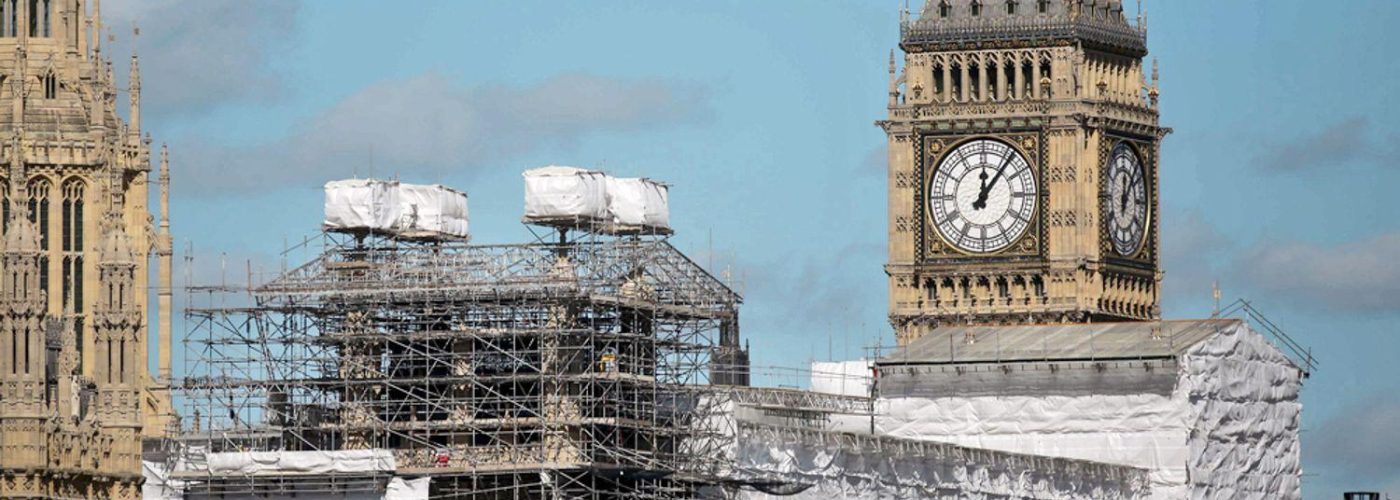Up to nine members of parliamentary staff and even more contractors may have been exposed to asbestos between October and November last year, reports HuffPost UK.
The Health and Safety Executive (HSE) has been called in to help following the possible exposure of parliamentary workers and renovation work at the Houses of Parliament has been paused.
Tim Turney, Global Marketing Manager at industrial hygiene and workplace hazard monitoring expert, Casella, comments “Despite being banned in the UK, asbestos can still be found in older homes and properties, posing a threat to anyone who disturbs the dangerous material.
Left alone, the material is not harmful, but once disturbed or disintegrating, it can release asbestos fibres that infiltrate and progressively damage the lungs. The damage results in multiple health defects, such as the lung disease mesothelioma — a cancer that can take up to 20 years to develop, often proving fatal within five years or less.
Whenever asbestos is removed, it is a legal requirement to use licenced contractors and to ensure strict regulations and guidance are followed to limit the potential release of dangerous, airborne fibres. The guidance, depending on national practice, typically includes personal air sampling and/or static air sampling, to ensure that there is no exposure during remediation work or during the cleaning and clearance processes at a removal site.
In the UK, a four-stage clearance process is used, involving a preliminary check of the site condition and job completeness, a thorough visual inspection inside the enclosure or work area, air monitoring and a final assessment of the post-enclosure or work area following dismantling. Licenced contractors may also take air samples before work is undertaken to establish a background level measurement. Conducting a test before disturbing any materials could save thousands of pounds on decontamination and environmental cleaning fees and help to avoid exposure. Additionally, trained professionals may take air samples during work on or near asbestos to confirm that there is no leakage from the enclosure.
Using air sampling pumps with remote connectivity, such as Bluetooth and a mobile ‘phone app, can help while gathering the necessary measurements. For example, the Casella Airwave App works with the ‘Pro’ version of its Vortex3 high flow pump to enable users to remotely start, pause or stop a measurement run, monitor battery life and memory capacity and check measurement progress direct from a mobile device.
Ultimately, asbestos monitoring has the power to save lives, and innovations in technology can make this process easier and faster than ever before.”





